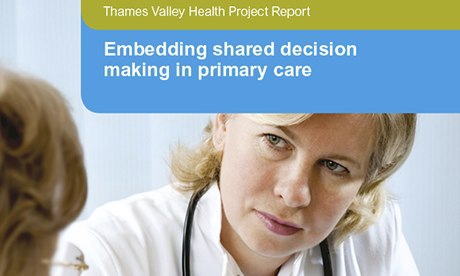
University of Miami Hospital.
The University of Miami Hospital will have to refund $3.7 million to Medicare after a federal audit of the hospital’s billing practices found the hospital overbilled in 2009 and 2010, according to a report released Tuesday by the U.S. Department of Health and Human Services Office of Inspector General.UM issued a statement Tuesday saying the university is working “with the relevant federal agencies to determine the correct amount owed for billing inaccuracies.”
In July, UMH Chief Financial Officer Darryl Caulton filed a letter contesting the inspector general’s method for calculating the refund to Medicare, saying the hospital “disagrees” with the way the figure was determined.
The federal audit covered $22.8 million in Medicare payments to the hospital for 2,194 claims that HHS officials considered “at risk’’ for billing errors. From that pool of claims, investigators randomly selected for review a sample of 200 inpatient claims for services between April 2009 and December 2010 that totaled $2.9 million in payments.
Investigators found that although the hospital complied with Medicare billing requirements for the majority of the 200 claims reviewed, 68 claims — representing $524,009 in overpayments — did not comply with agency rules.
Based on those findings, investigators extrapolated the total amount of overpayments to be approximately $3.7 million.
“Overpayments occurred primarily because the hospital did not have adequate controls to prevent incorrect billing of Medicare claims within the selected risk areas that contained errors,’’ according to the inspector general’s report.
Investigators identified the questionable claims using computer matching, data mining and analysis of inpatient claims.
According to the report, the hospital overbilled Medicare in five ways:
First, hospital administrators incorrectly billed Medicare for patient stays that should have been billed either as outpatient or outpatient with observation services.
“These errors occurred because of weaknesses in the hospital’s review process and turnover in case management leadership,” according to the report. Investigators estimated the errors caused Medicare to overpay about $448,000.
In addition, investigators found that in three cases the hospital billed Medicare separately for a patient’s discharge and readmission on the same day — even though those charges are supposed to be combined into a single claim. The three cases, between April 2009 and December 2010, caused overpayment of about $33,645, the report found.
The third type of overbilling came through use of incorrect diagnostic codes, the report said, which occurred in five of the 200 cases reviewed, and led to overpayments of $17,475.
UM hospital administrators also erred by billing Medicare for three patient discharges that should have been coded as transfers because the patients were readmitted to other hospitals the same day they were released from UM Hospital. That led to another $16,407 in overpayments, according to the report.
Lastly, HHS investigators said UM overbilled Medicare by about $8,500 for one claim because the hospital didn’t get an available credit for a replaced medical device.
According to the report, the hospital may be able to re-bill Medicare for some of the claims that were found to be overpaid.
In a six-page letter addressed to HHS auditors, Caulton, the hospital’s CFO, said the institution accepts the findings and will tighten internal controls by using an electronic quality review process. Caulton also said the hospital will improve billing controls, conduct quarterly audits of short stay accounts and place an automatic hold on Medicare claims for patients staying less than three days until the claims are released by a case manager.
But Caulton took issue with the methodology used to calculate the refund amount, and requested that HHS reconsider the sum.
He said that some of the questionable claims may be eligible for re-billing and that federal officials should not have used a sample of cases to estimate the refund amount without first resolving the re-billing question.
In the letter, Caulton noted that other audits by the inspector general “almost without exception” recommended repayment solely of the audited cases — not estimates based on a sample of claims.
“There is no reasoned basis for treating UMH differently,’’ Caulton wrote.
Donald White, a spokesman for the HHS inspector general, said extrapolation is an “extremely common” practice in determining Medicare overpayments. But he added that the refund amount is a recommendation.
The next step, White said, is for UM administrators to negotiate a repayment amount with the Center for Medicare and Medicaid Services, which administers the programs. The process usually takes 60 to 90 days, he said, but “given the government shutdown, it could be longer.”
The university bought the 560-bed former Cedars Medical Center in 2007 for $275 million. The purchase was one of several high-profile steps in the expansion of the Miller School of Medicine that included hiring more than 100 renowned researchers and creating a biotech research park to boost the school’s national profile.
The ambitious moves elevated UM’s medical school to the national stage, but they also may have seriously hampered it. In spring 2012, after suffering a $24 million loss for the first six months of that fiscal year, the medical school laid off more than 900 full- and part-time employees.
In August, UM and Jackson ratified their annual operating agreement for $102.5 million, the lowest-budgeted agreement in seven years. In the agreement, a binding letter of intent commits both institutions to multi-year exclusivity provisions for transplant, trauma, pediatrics and obstetrics services.
http://www.miamiherald.com/2013/10/08/3678166/university-of-miami-hospital-overbilled.html



